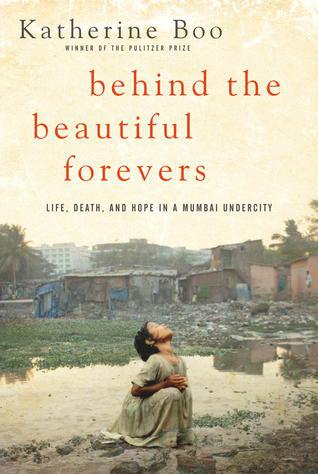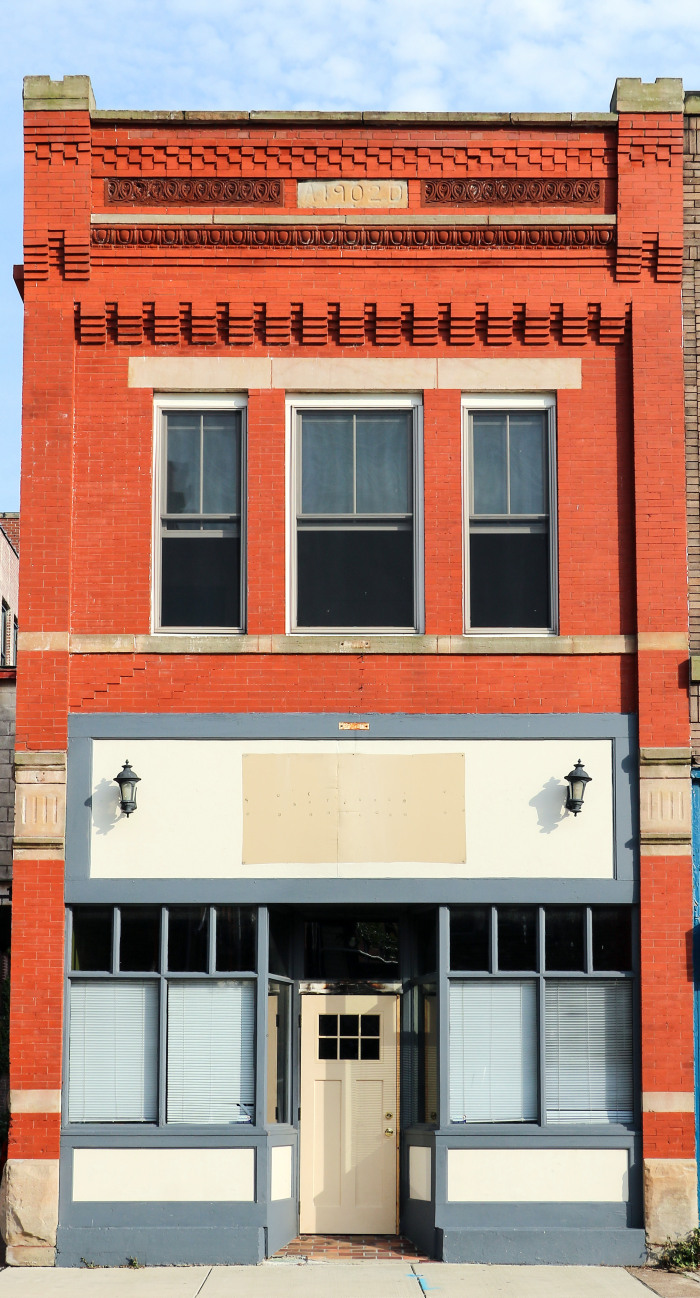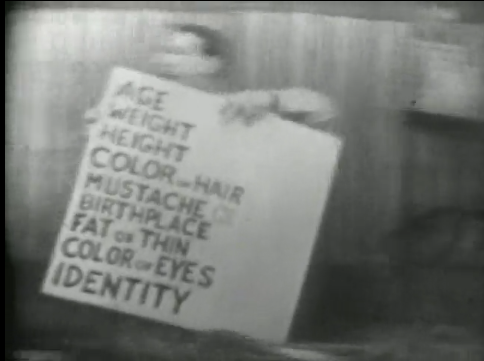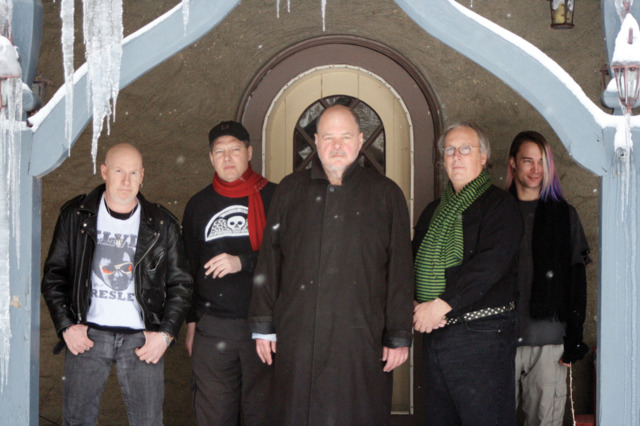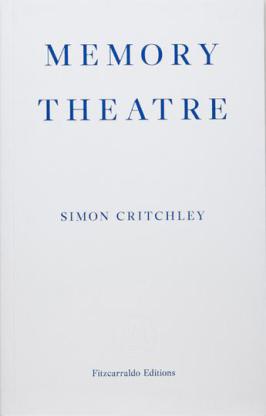
Originally published by the Los Angeles Review of Books.
THIS YEAR’S NOBEL PRIZE for Medicine was awarded to three scientists whose neuroscientific work provided conclusive evidence for the interwoven relationship between the concepts of memory and space in the human brain. John O’Keefe, May-Britt Moser, and Edvard I. Moser discovered cells referred to as “place” and “grid” cells, which together form a coordinate system used in the construction of mental maps and their memorization. These two cell types work together with neurons dubbed “time cells” that represent the flow of time in specific memories; together they reveal a structure of memory that is not only integrated with space but is in flux and repeatedly reconstituted.
Philosophical discourse is no stranger to the symbiotic relationship between memory and space. One of its most interesting conceptualizations of this relationship is the memory theatre: a physical space conceived in the mind in which knowledge might be stored in order for it to be recalled more easily. This spatial idea of memory has found expression throughout the history of philosophy, originating with the Greek Simonides: he supposedly could identify the remains of the guests of a party he attended after the roof collapsed and mangled them by remembering where each of them had been sitting.
From this fittingly macabre and humorous example comes Simon Critchley’s first novel, Memory Theatre: a postmodern, virulently metafictional blend of essay, autobiography, apocalyptic revelation and historical examination. The book centers on a university professor (a philosopher named Simon Critchley who shares an academic career and bibliography with his real-life counterpart) who receives a set of boxes, each labeled with a sign of the zodiac, containing the papers of a recently deceased colleague and friend (the French philosopher Michel Haar). In one of the boxes he discovers a set of memory maps that precisely chart the lives, publications, and deaths of a number of philosophical figures, including several who are still alive: one of them belonging to “Simon Critchley” himself. Upon reading the exact date, time, and place of his death and having been given a list of all the books he is to write in the future, the narrator begins to construct his own “memory theatre,” a place in which to house all his knowledge before his pre-ordained demise, losing his grip on reality in the process.
The novel’s relationship between its story and its textual structure mirrors its subject matter: the symbiotic relationship between memory and space. From the outset, it is apparent that this novel is not only a book about memory but also an exercise in memory. Each page abounds with references to the construction of mental architecture, drawing on everything from lyrics by The Fall (Repetition, repetition, repetition), to the figures of Giulio Camillo and Giordano Bruno, to even a recasting of the Phenomenology of Spirit as an exercise in memory theatre. These references appear at an alarming rate before receding just as quickly — an attempt to convey this excited search through the remnants of the past on which the narrator embarks. The vast array of correlated points each function as synaptic triggers both inside the space of the book and externally in the mind of the reader. Each new set of papers leads “Simon Critchley” to remember personal memories about Michel as well as setting his mind off on new theoretical tangents.
However, as the book knows only too well, this static form of remembrance, even in a text as self-aware as this one, is not enough. In the end the narrator rejects the memory theatre he has created. After collapsing inside one of his own construction, the predicted date of his death arrives and then passes, and his life continues. He sees the impossibility of a static architectural structure being able to encapsulate memory and tries to move on. He comes to see the structure he has built as a “static, inert, dead rendering of an entity that had to be somehow alive […] Memory had to be transportation. Motion […] Memory is repetition. Sure. But it is repetition with a difference.” From there he reconceives the memory theatre as a kind of perpetual motion machine, or dredging machine (the former term instantly calling to mind a whole historical category of thought experiments and the latter reminiscent of Roussel’s writing machine, perched above the river), continually repeating and innovating, something that could continually absorb multitudes of life’s expression and even become a “second sun.” This draws to light something not just about the futile attempt to build a palace for knowledge in the real world, but about the fantasy of total recall as well: that the process of memory must also include the motion of forgetting, the potential for erasure, in order for it to be renewed.
Like monuments commemorating the deaths of soldiers and conflicts past, Critchley’s rotting papier maché edifice produces oblivion through the very act of remembrance. The creation of a monument to “store” memories ultimately allows them to be obliterated: as the “chance” of them being forgotten has been removed, they are no longer at risk of being forgotten, so they may be ignored, and left to rot. One need only to think of Malevich’s Black Square, hanging in the corner of a room in the Tate Modern, representing one of art’s most pivotal moments of creation and renewal through destruction and forgetting — its doppelgangers, the CCTV cameras, forming the black squares in every other room in the gallery, which instead represent a process of destruction through meticulous recording and total recall.
What then of Critchley’s second sun? The concept recalls Bataille, whose conception of two suns — one being the highest elevation of mankind, beautiful but abstract because it may not be looked at; another, the one stared into directly, which is truly horrific, alight with a blind madness and destruction — closely resembles the narrator’s dichotomous experience of memory’s spaces. The theaters of the mind remain beautiful and abstract, unobtainable, and any attempt to observe them materially can only lead into madness. The search then must go on for that impossible thing — this second sun must be “moon powered,” as the novel mentions in its closing pages. The primitive humans in England several thousand years ago come to mind: they, some anthropologists suppose, built Stonehenge as a way to symbolically represent the transfer of power from the moon to the sun when they switched from being a nomadic culture that lived by the rhythms of the moon to an agrarian, sedentary people who followed the circle of the sun. Memory becomes a lunar force that shifts like the tide, disappearing into darkness before gradually returning into light — something that is continually searching, whose incompleteness is always guaranteed by the dark side of forgetting.
What makes Memory Theatre remarkable as a novel is its ability to transpose this effect, this desire to search, onto the reader without feeling forced; its inventiveness never comes across as trickery or unnecessary “literariness.” Although the book, with its amalgamation of fact and fiction, huge breadth of references, and inter-spliced images, reveals itself as an attempt at a textual condensation of the process of memory, it does so in a way that feels genuinely incomplete and ultimately, uncomfortably authentic. The agglomeration of material is peppered with moments of forgetfulness and deliberate mistakes (for example, “Critchley” forgets the year in which he met a friend who could sing all the Swedish entries to the Eurovision song contest). These serve not only as textual compositions, exposing the flawed nature of memory, but actively undermine the notion that total recall may be desirable —even if it were possible. This is partly enabled by the speed which the text conveys. Memory Theatre feels both incomplete and rushed in the most positive sense of both words, suffused with an enthusiasm for its subject, and a humor that carries the text lightly along as Critchley’s frantic prose descends toward its conclusion. This sense of continual movement and looseness is certainly infectious: it is hard to read the novel and not want to investigate each reference. Its lightness is truly self-perpetuating; it is only fitting that the novel ends outside a library, waiting for it to open, ready to begin again.
In his deepest delirium the narrator begins to think his computer is trying to cause him physical harm, and it is easy to see why. The vast interconnectedness of the modern network and its colossal bank of information represent the most complex realization yet of the memory theatre. Its severance of the spatial aspect of memory and the motion of its constant updates are false: nothing is forgotten. The internet has rendered the search possible in the most literal sense, but ultimately this serves only to further emphasize the need to forget.
At its best, Memory Theatre exposes the fact that memories are not part of some fixed obelisk of the past; they are in fact continually being redrawn at the same coordinates. This unstoppable redrawing is what produces their difference. They are, as John Peel said of the Fall, “always different, always the same.” Any attempt to fix them within a determinate space, no matter how complex, can only lead to their destruction: the erasure of their constant presence, their readiness to hand. What gives knowledge its power and its presence is that it is part of a search that must be continually undertaken, revised, reexamined, and, of course, forgotten.
Advertisements Share this:
